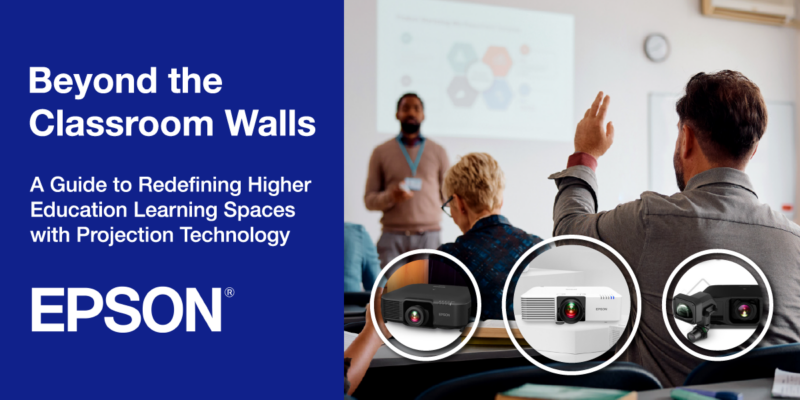It’s That Time of Year

Within a few weeks, or perhaps a few days, our campuses will once again be flooded with students. For me, it is a welcome sight. Our campus, our town really, does not feel the same when the students are not around. Sure I like the breaks, but there is nothing that can match the energy of students returning to classes, especially after the summer break.
For most of us in higher ed, September is simply a blur. Somewhere around mid-August, we blink our eyes and when we open them it is October. The month truly seems to go by that fast. While I don’t have any advice for slowing that month down — I do have some advice for slowing down in general, and how it can help your institution.
During September we will get dozens of calls to classrooms either for emergency help, or for some training on how to use the technology. If we are being honest, we will also get the occasional call for whiteboard markers, a vacuum, extension cords, pretty much anything because the faculty know we are the ones who respond. But I digress. In our quest to get things up and running quickly for our customers, we typically rush in and rush out of a classroom. I urge you to move a bit slower and take a look around the room and observe what is going on. How many students have laptops out? How many have some other type of device? Did the faculty member have their own laptop or portable device? Have they changed the setup of the room? What technology, specifically, did they ask you for help with?
These questions are important because there is not another person on the campus who sees what is being done in classrooms, from a non-biased perspective, on the campus more than the AV team. Students are biased by a number of factors, as are the faculty who teach in the rooms. But, we are either in the spaces, walking by the spaces and/or peeking in the spaces to see what is going on. By combining what we observe with the data we have about our systems, we should be able to provide a significant amount of knowledge and value to how future rooms are designed and supported. The example I think of all the time is the “active classroom.” Our faculty may be biased and say they want to teach in an active way because they want to be in the “new” classroom. Our observations of walking by the classroom every day may provide a much different perspective. We may walk by and see the same image on every screen in the room, every single day. Our data may show that all the screens were used, but we know that a single screen would have sufficed. Alternatively, we may be surprised and walk by a room that is not designed for active learning and see things like tables being pulled together and students sharing laptops. Both of these scenarios help us strategize for future designs and participate in discussions about how spaces are used so we can then help assign instructors to a specific space.
Beyond making observations when in a room for support, I also suggest taking daily trips around campus. Take a few minutes to observe through the door windows, if possible. Are mics being used in the room? Is closed captioning turned on for video? Faculty and students who see you “around” will connect with you as a person who cares, and not just the person who fixes the problem. These relationships may allow you to sit in some classes and observe what is going on, or with the permission of the faculty member, you may even be able to watch some of their class capture recordings to see how they are using the technology and how the students are interacting with it.
I think this is important because those of us who work in AV know our classrooms and learning spaces better than anyone else on the campus. I have sat in meetings where people talk about classrooms upgrades and what should happen, who have literally never been in the classroom they are speaking about. They don’t know who normally teaches in the space, and they don’t have any firsthand observations to bring up. Most of the time they are simply discussing the latest trend they read about. By being present in our roles every day, and developing this information, we can help move our schools forward by developing learning spaces that are adapted to how people actually teach and learn, versus how we think they do, or think they should.




